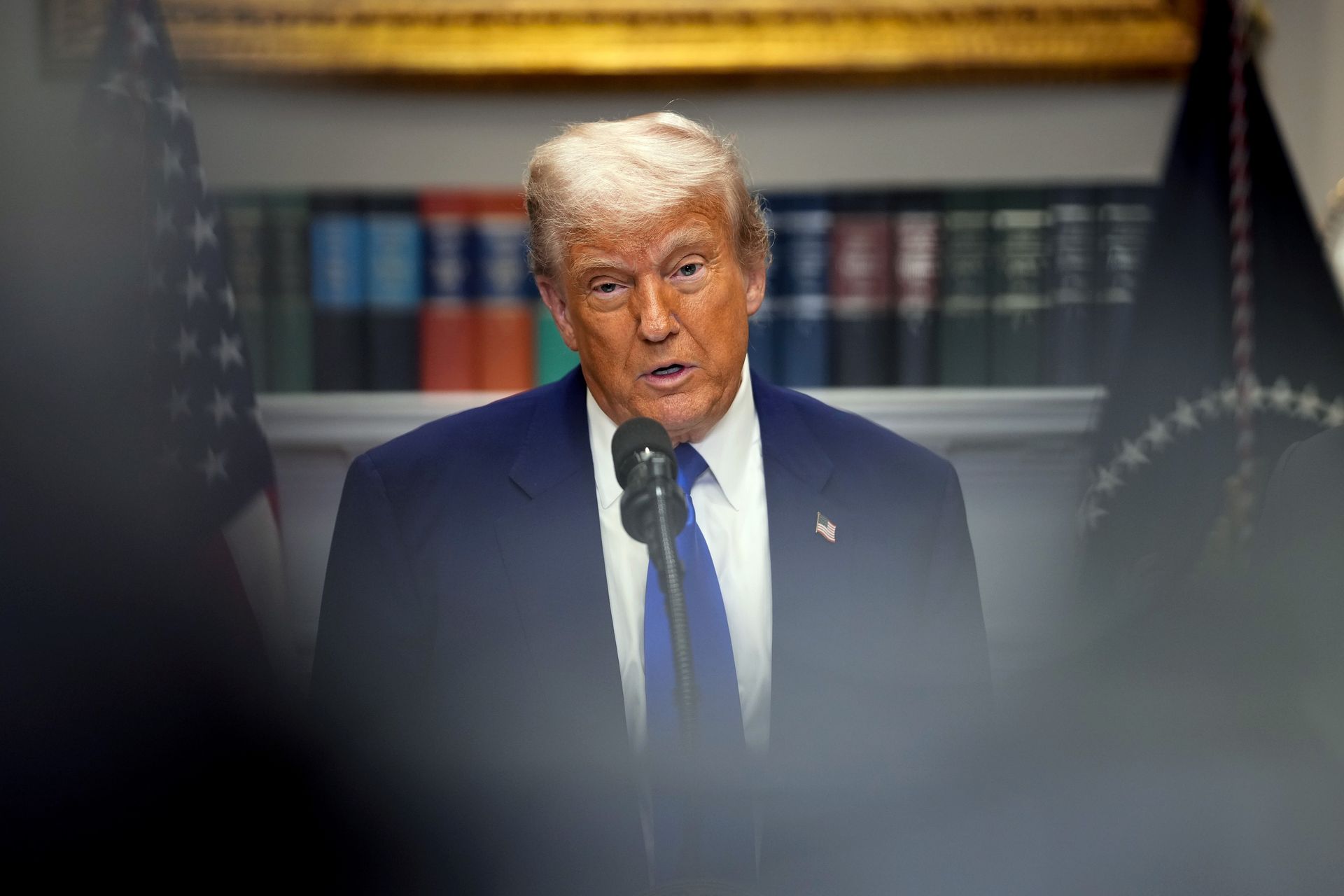By Amanda Cooper and Samuel Shen
LONDON/SHANGHAI (Reuters) -A breakthrough in U.S.-China trade talks has propelled world stocks and the dollar higher, but investors fear further negotiations could prove a long slog, tempering optimism, as risks of a global economic slowdown persist.
Speaking after two days of talks with Chinese officials in Geneva, U.S. Treasury Secretary Scott Bessent said on Monday the two sides had agreed a 90-day pause on measures and that tariffs would fall by over 100 percentage points.
That leaves U.S. tariffs on Chinese goods at 30% from May 14 to August 12 and Chinese duties on U.S. imports at 10%, beating investors' best-case scenarios going into the talks.
The dollar jumped by the most in almost a month against a basket of major currencies, as the yen and Swiss franc fell along with other safe-haven assets like gold and government bonds.
S&P 500 stock futures leapt almost 3%, suggesting a hefty rally at the opening bell, while U.S. Treasury prices sagged, sending yields to one-month highs above 4.4%.
But relief that the worst of a global trade war could be avoided was tempered by caution, given a more permanent deal needs to be struck and that higher tariffs overall are still likely to weigh on the global economy.
"It's long-term positive plus 90 days of uncertainty," said Charles Wang, chairman of Shenzhen Dragon Pacific Capital Management Co.
Michael Metcalfe, head of macro strategy at State Street Global Markets in London, estimated that Monday's U.S.-China trade deal implied an average effective tariff rate of around 15%.
"Given where expectations were, it's a net positive," he said. "You basically reverse the reciprocal tariff announcement, and if you reverse the reciprocal tariff announcement you are back to square one."
After taking office in January, U.S. President Donald Trump had imposed tariffs of 145% on imports of Chinese goods, with China in turn raising tariffs on U.S. goods to 125% and limiting exports on some vital rare earth minerals.
Those measures had brought nearly $600 billion in two-way trade to a standstill, disrupting supply chains and sparking fears of an immediate cratering of the global economy.
Trump's April 2 "Liberation Day" announcement of sweeping tariffs on China and others sparked a sharp exit from U.S. assets, including the dollar and Treasuries - the mainstays of the global financial system - before being paused.
Heightened uncertainty caused by U.S. trade policy has hurt business and consumer confidence. The dollar index, while up over 1% on Monday, remains down some 7% so far this year.
.png)
 German (DE)
German (DE)  English (US)
English (US)  Spanish (ES)
Spanish (ES)  French (FR)
French (FR)  Hindi (IN)
Hindi (IN)  Italian (IT)
Italian (IT)  Russian (RU)
Russian (RU) 








Comments